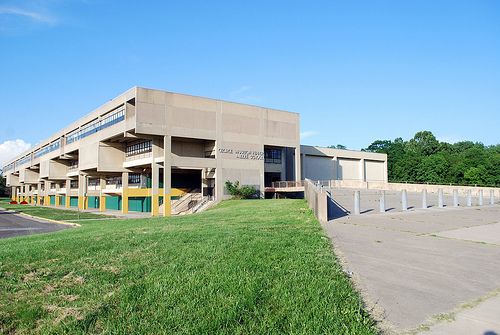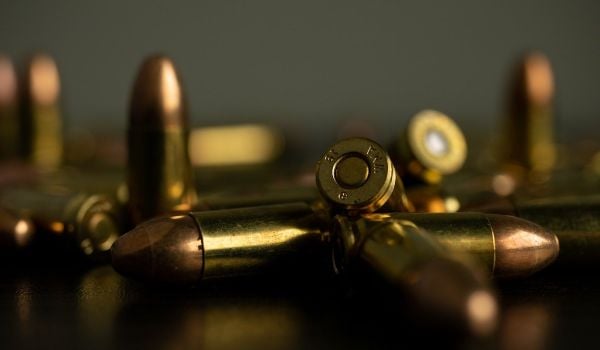This piece originally ran on PlanPhilly and later on the Philadelphia Public School Notebook.
At the far southwestern edge of Philadelphia, just north of the airport and two blocks away from the John Heinz National Wildlife Refuge, lies George W. Pepper Middle School.
By Philadelphia standards, the neighborhood is sparsely populated, with a vaguely suburban quality: The homes have driveways, garages even, and the streets are broad.
The school, built in 1976, matches its environment, with huge ball fields and a sprawling main building that totals nearly 400,000 square feet.
Unfortunately for Pepper’s students and staff, the school’s distant location made it a prime target as the School District of Philadelphia looks to close and consolidate schools in order to cut thousands of empty classroom seats from its inventory over the next few years.
Tuesday night, at a community meeting held at Bartram High School, district officials explained Pepper was picked for potential closure principally because so few of its students live near the school.
Though enrollment at Pepper has been plummeting in recent years, the school still has more students (483) than Tilden or Shaw, which are other middle schools serving Southwest Philadelphia. But the vast majority of Pepper’s students live closer to Tilden or Shaw than they do Pepper.
“This has nothing to do with academics, nothing to do with performance,” Bill Montgomery, the district’s director of facilities management, said at the community meeting.
Rather, Montgomery said, Pepper made the list because of its immense size and the fact that most of its students will have a shorter commute attending Tilden.
Between Pepper, Tilden and Shaw, the neighborhood middle schools have the capacity to serve 3,000 students, but only about 1,000 are enrolled. Under-enrollment is a problem in most Philadelphia neighborhoods (though notably not the Northeast), and the abundance of empty seats is particularly pronounced in the district’s Southwest planning area.
Pepper is one of nine schools the district has targeted to reduce its inventory of empty seats, as detailed in the district’s facilities master plan. Since November, district officials have been making the rounds at a series of community meetings, where they have explained the plan to parents and students, and fielded some pointed questions. The session at Bartram High was the 10th of 17 scheduled sessions.
About 50 community members attended last night’s meeting, and while there were one or two questions about Pepper, most people there seemed resigned to the school’s fate.
Indeed, officials were asked many more questions about subjects such as school budgets, the transfer process and violence in the schools.
One parent sharply questioned the district’s proposal — part of its facilities plan for the Southwest — to convert Shaw Middle School into a 6-8 institution, instead of serving just seventh and eigth graders. Shaw was too violent, she said, for young sixth graders.
“If Shaw becomes a school that has to take in sixth-graders, their safety will become an issue Shaw is a very violent school,” said Joy Herbert at the meeting. “Is that being considered at all? Because let me tell you as a parent that scares the hell out of me.”
Herbert, who has a daughter at Shaw, is vice president of a pro-school voucher organization called DISCO, or Democrats Impatient for School Choice Organization.
District officials disputed her characterization as Shaw as dangerous, contending that — because of the school’s low enrollment — it took just a handful of arrests in a year for the school to be labeled persistently dangerous by the state.
Acting District Superintendent Lee Nunery has attended most of the facilities meetings, but he was not there to answer questions last night. There, was, however a member of the School Reform Commission at the meeting, as has been the case at each session to date.
“The topic of school closings is not a good-news kind of topic,” said SRC member Joseph A Dworetzky as the meeting drew to an early end last night. “But this is something that hasn’t happened for many, many years, and no organization can be healthy if you’re not thinking about how you’re using your resources.”

Patrick Kerkstra has covered Philadelphia and the region for 12 years, including a decade at the Philadelphia Inquirer, where his beats ranged from City Hall to real estate development and the Iraq war. Now a freelancer, Patrick is a writer at large for Philadelphia Magazine, a special projects reporter for PlanPhilly and a guest columnist at the Inquirer, where he writes about urban affairs.
















